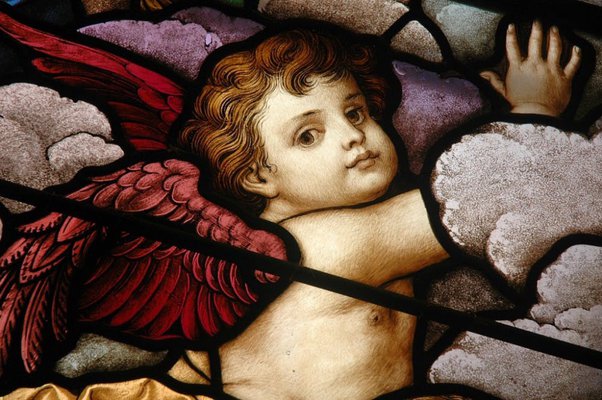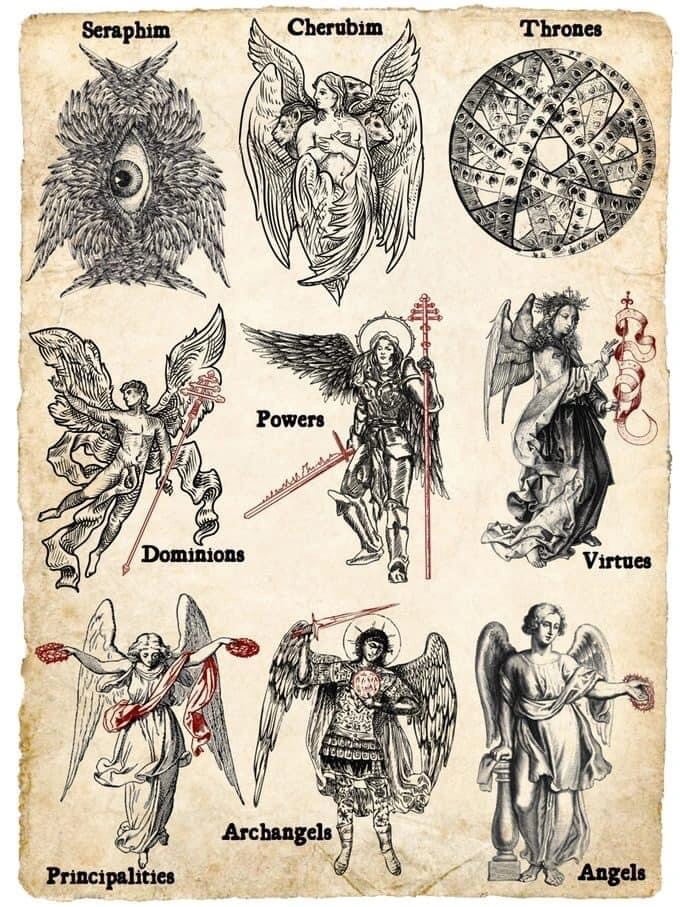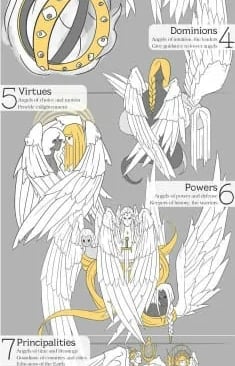Angels or Aliens? How do they really look according to the Bible?
BIBLE INSIGHTS


In the Bible, Angels are given a very strong appearance and stray from conventional ideologies and stereotypes of the Angels that people often see. What is being referred to above is the modern depictions of childlike winged creatures. While actually they are described to be otherwise, in this article readers will go through the hierarchy and different classified angels within the Bible verses included.
I. The Hierarchy of Biblical Angels
In traditional angelology, the hierarchical classification of angels into orders or spheres serves to delineate distinct roles and characteristics based on their proximity to the divine and their functions within the celestial hierarchy.


Highest/ First Order emphasizes angels closest to the divine presence.
Seraphim
Cherubim
Thrones
Middle/Second Order positions angels in intermediary roles between the celestial and terrestrial realms.
Dominions
Virtues
Powers
Lowest/Third Order involves angels with closer interactions with humanity and terrestrial affairs.
Principalities
Archangels
Angels


Cherubim.
Ezekiel 1:10, In Ezekiel’s vision of God Cherubims are described as having four wings, 2 for covering their feet and 2 for flight and have 4 faces: human, lion, ox and an eagle Their name means ‘fulfillment of wisdom’. The devil was once a cherub.
Thrones or Ophanim.
These beings bear up God’s throne. They are described by Ezekiel as wheels within wheels and have eyes all over their body. Like the Seraphim, they also chant God’s glory. They’re the most unique in appearance compared to others.
Dominions.
As mentioned in Ephesians 1:21 "far above all rule and authority and power and dominion, and above every name that is named, not only in this age but also in the one to come" they lord over humanity and the remaining choir of angels.


Virtues.
Also mentioned in Ephesians 1:21, they are majorly associated with control over the elements. They also go on the earth in human form after receiving orders from God to bring help or miracles to humans. Their primary appearance is a beam of light.
Powers.
They are the warring beings and are mentioned in Ephesians 6:12 "For we do not wrestle against flesh and blood, but against the rulers, against the authorities, against the cosmic powers over this present darkness, against the spiritual forces of evil in the heavenly places." They are also tasked with governing the natural order.
Principalities.
They guard over places and groups like nations, states, communities, and churches.
Archangels.
Archangels are regarded to be one of the more subtle angels in the hierarchy but are more or less insinuated to be a commander or governor over Angels such as how you have the Prefect of Judea that is what Archangels are to the angelic hierarchy. There is only one archangel that has been mentioned within the canon of the bible and that is Archangel Michael.
Angels.
Regarded as the foot soldiers of heaven, they work the most closely with humans.
II. Why Angels Look The Way They Do, Unlike in the Bible
The appearance of angels in popular culture, art, and literature often differs from traditional biblical descriptions. Here are some reasons why angels may look the way they do in real-life interpretations:
Artistic Interpretation: Artists and authors often depict angels in a way that resonates with cultural aesthetics and sensibilities. This can lead to variations in angelic representations.
Symbolism: The visual portrayal of angels can be influenced by symbolism and metaphorical meanings. Different features or attributes may be emphasized to convey specific messages or characteristics.
Popular Culture Influence: Contemporary interpretations of angels are sometimes shaped by depictions in movies, TV shows, and other media, which may deviate from biblical descriptions.
Personal Beliefs: Individual beliefs and spiritual perspectives can also impact how people imagine and visualize angels. This diversity of personal interpretations can contribute to varied portrayals of angels.
Evolution of Visual Representation: Over time, visual representations of angels have evolved alongside changes in artistic styles, cultural norms, and theological interpretations.
Descriptive Constraints: The symbolic and spiritual nature of angels in religious texts can make it challenging to provide detailed physical descriptions, leaving room for interpretation and artistic license.
Conclusion
The angels described in the Bible differ from common depictions, featuring wheels and numerous eyes instead of wings and harps. Despite their unusual appearance, their fundamental role in the divine order remains unchanged. These angelic beings are intended as ministering spirits, created for the benefit of believers. Their existence serves as a testament to the power, wisdom, and majesty of God.
There are devout Christians who have had profound encounters with these beings through their deep spiritual journeys. However, it is advised not to base one's faith solely on these encounters. Instead, believers are encouraged to appreciate the work of angels as they carry out God's orders to benefit their daily lives.
II. What does the Bible say about these angels?
Seraphim:
Their name translates to mean ‘the burning ones’. They are described in Isaiah 6:2 as having six wings; 2 to cover their feet, 2 for their flight, and 2 covering their face. They are attendants at God’s throne and praise Him forever.
